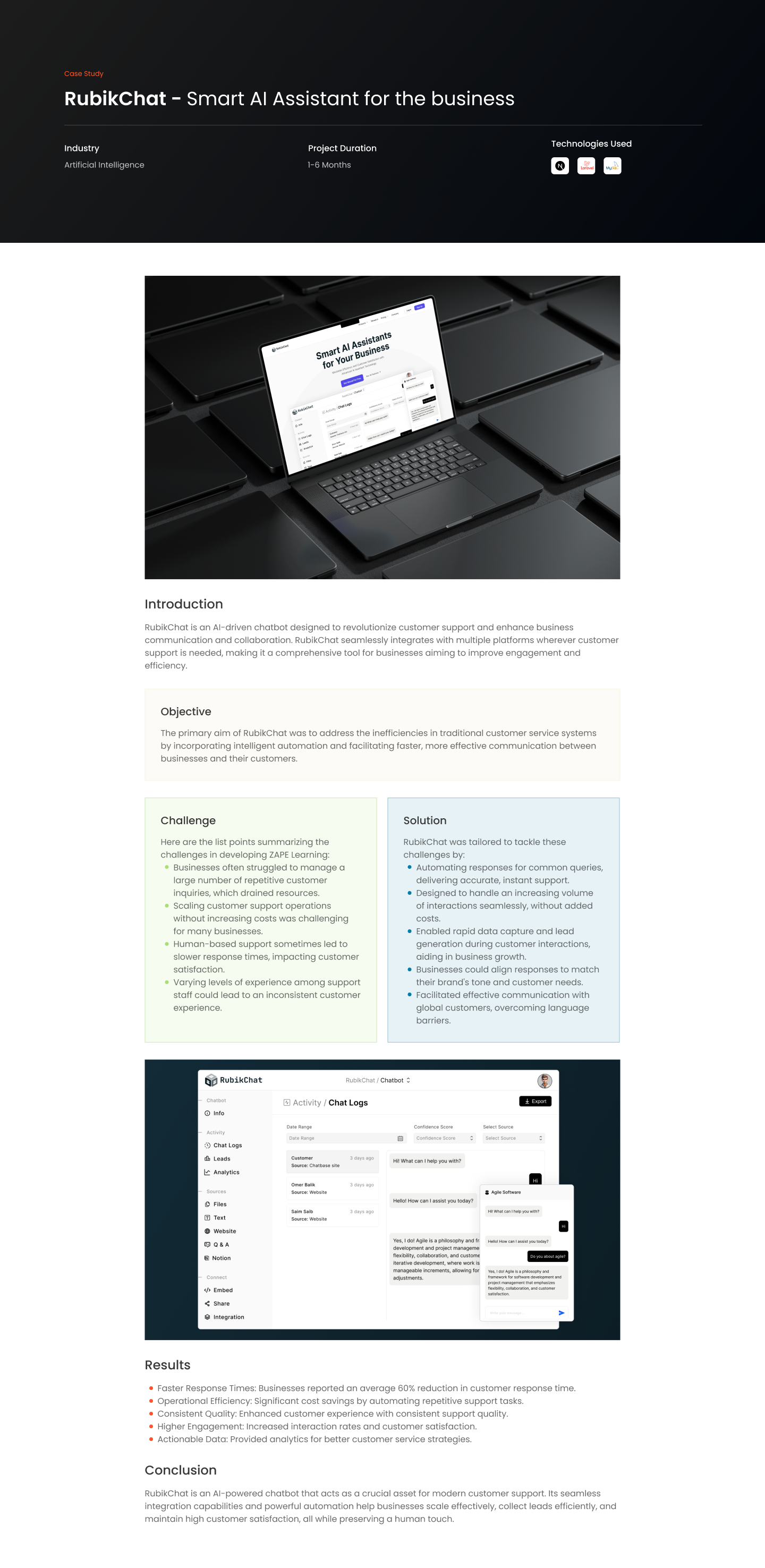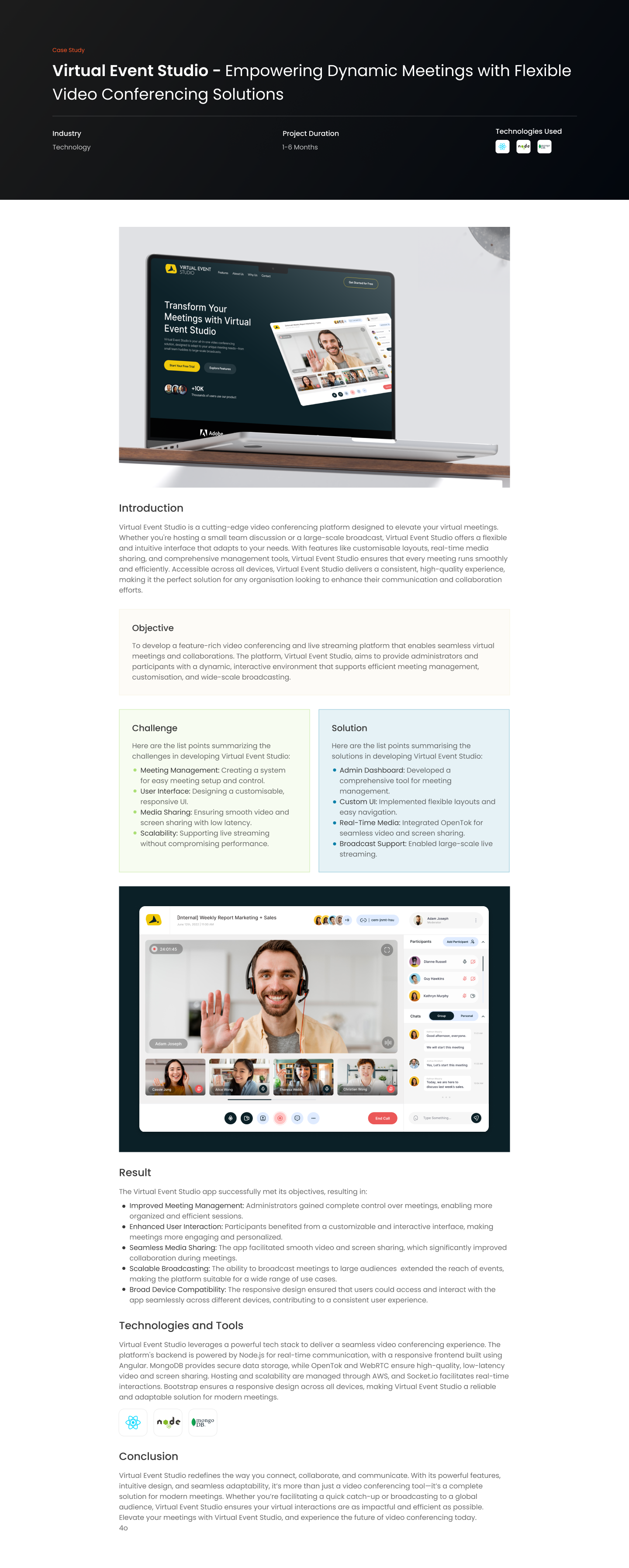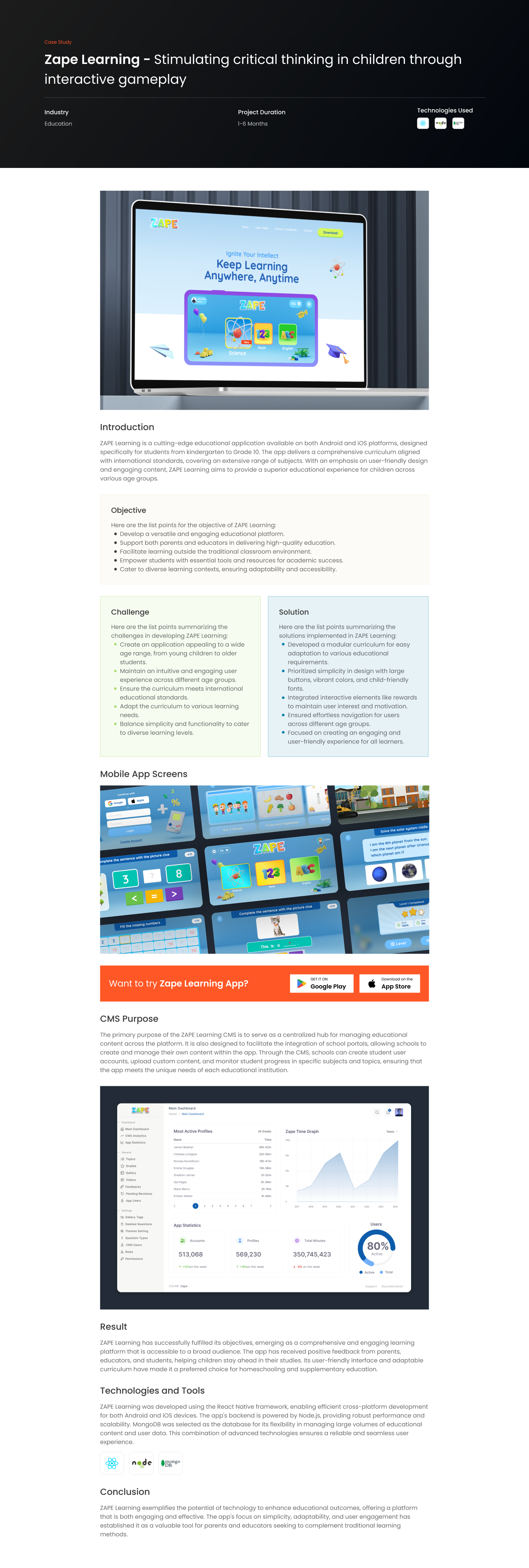Introduction
Agile isn’t just a technical framework; it’s a philosophy that has the power to change the approach to problem-solving in any field.
What is Agile Software Development?
Imagine you’re building a house. Traditional methods would have you complete the entire
house before showing it to the homeowner. Agile, on the other hand, would involve building one room,
getting feedback, making adjustments, and then moving on to the next room.
The Agile Manifesto
The heart of Agile lies in its manifesto, which came into existence in 2001 when a group of software developers got together to find a better way to build software. The manifesto contains four key values:
- Individuals and Interactions over processes and tools
- Working Software over comprehensive documentation
- Customer Collaboration over contract negotiation
- Responding to Change over following a plan
These values create a framework for teams to operate in a more human-centric way, focusing on
delivering real results rather than getting tangled in red tape.
Benefits of Going Agile
- Speed and Flexibility: Quick iterations mean you can adapt to changes swiftly.
- Enhanced Collaboration: Agile promotes a collaborative environment where everyone has a
voice. - Reduced Risk: Delivering in small increments allows for better quality control and reduces the
chances of late project failure.
Challenges of Going Agile
- Commitment and Discipline: Agile requires a high level of commitment and discipline from all
stakeholders, including the development team, management, and customers. - Communication and Coordination: Effective implementation of Agile necessitates a high level of
communication and coordination among team members. - Project Suitability: Agile is not a one-size-fits-all approach and may not be suitable for certain
types of projects or organizational structures.
Popular Agile Frameworks
- Scrum: It’s like the Swiss Army knife of Agile. A Scrum team works in short cycles called ‘Sprints’
to deliver increments of work. - Kanban: Imagine a board where tasks move from one column to the next as they get done. It’s
visual, it’s straightforward, and it helps teams manage workflow. - Extreme Programming (XP): This focuses on the technical excellence and promotes pair
programming and continuous feedback.
Closing Thoughts
Agile is more than just a buzzword; it’s a game-changer in the software development world and beyond. Whether you’re a developer, a project manager, or just someone intrigued by efficient ways of problem-solving, understanding Agile can equip you with skills that are applicable in many areas of life.











